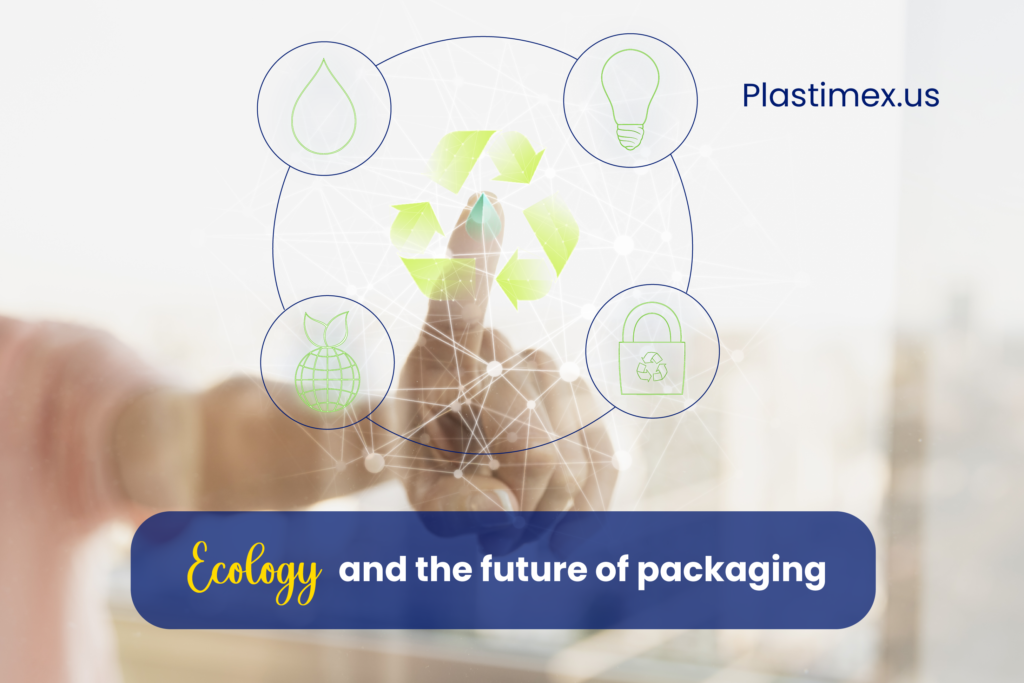Without a doubt, the future of packaging is promising, thanks to technological development that facilitates the creation of packaging with more environmentally friendly materials. Currently, it is very easy to notice the innovative changes in their design and manufacturing, where they seek to integrate different attributes that allow us to adapt them to different market needs.
A trip in the past
Before the incorporation of plastic into our daily lives, containers were made of glass, a material that has great qualities, however, it is fragile and heavy, making it difficult and expensive to transport. On the other hand, containers made with plastic resins have solved this problem and are also much cheaper than glass.
In 1941, British scientists Whinfield and Dickson discovered polyethylene terephthalate, better known as PET, to make synthetic fiber to respond to the need to replace cotton fabric from Egypt, and in 1952 it began to be used as a sheet food protector. However, 35 years passed before, in 1976, the industry chose it for its principal modern use: molding containers.
Since then, this type of plastic has become the main choice for different industries to store and transport their products. Unfortunately, a strategy was not planned to educate the consumer regarding their plastic waste and the impact they had on the environment was catastrophic, which is why this material was classified as something harmful, without taking into account the multiple advantages it offers us. That is why it is very important to contemplate the future of packaging together with the importance of promoting the circularity of plastics.
100% recyclable packaging
Another important change that they implemented to improve the future of packaging is to ensure that they are made with only one type of plastic resin since this makes it much easier for the recycling industry to incorporate them back into the production chain. In the case of PET, a very interesting feature is that the containers are 100% recyclable, require less energy and water to manufacture, and have been shown to have a lower carbon footprint than the other materials already mentioned.
The future of containers with recycled material
Although many companies refused to use recycled resins for human or animal consumption, this is currently in the past, since with the appropriate treatment and processes, it is possible to manufacture new resin containers or recycled raw materials.
If you have any questions about this topic or want to purchase 100% recyclable packaging, do not hesitate to contact our team.


I just finished reading an article on recycling items in the home. It laid out exactly why pizza boxes can not be recycled. Always confusing as some boxes are labeled as they can be. Well never again! Maybe one day soon all such containers and packaging material will be 100 % recyclable or can be in the compost pile.